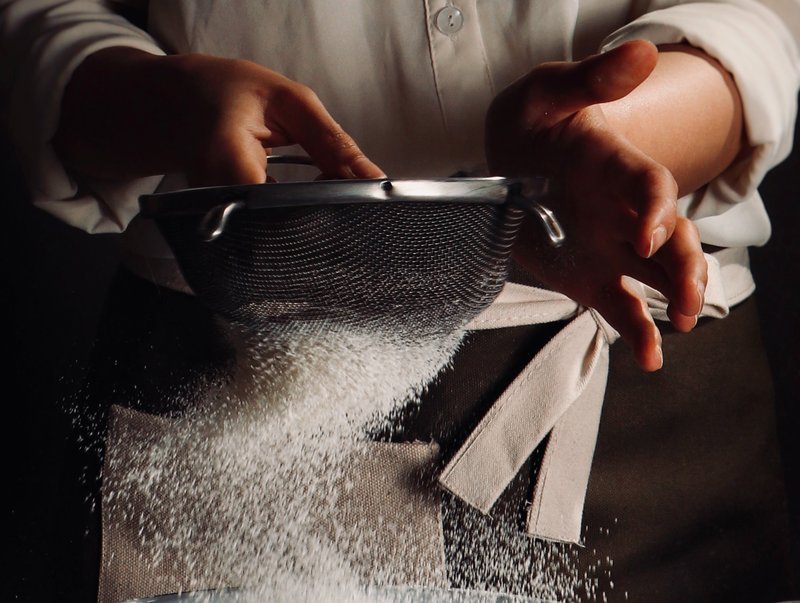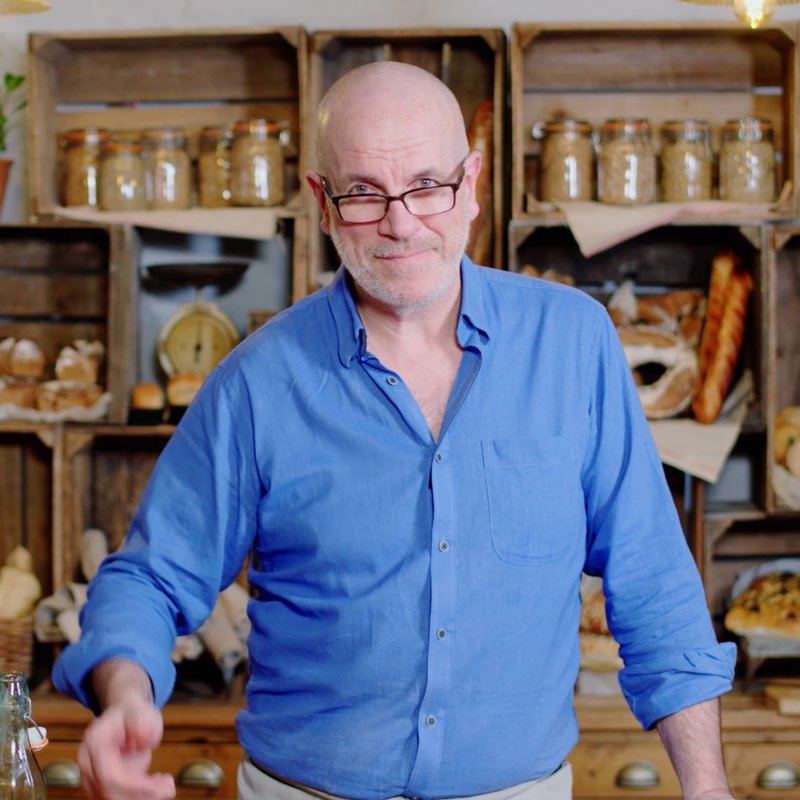
Whether you’re baking a fresh batch of sourdough or thickening up gravy or jus, there’s a certain flour that can help you achieve the perfect flavour and consistency.
From grain flours or ‘00’, to new gluten-free alternatives like almond flour, there are a wide variety of flours available today. This article will help you understand different flours’ makeup, purposes, and how best to use them.

What even is flour?
Flour is a powder that contains milled grains, nuts and seeds. Wheat-based flour is one of the most popular flours today, most notably known for its use in bread and other baked goods. With bread being a staple in many cultures, flour plays an important role in different diets around the world today.
In the Stone Age, flour was made by taking grain and crushing it between stones to refine it into a powder. The process today is not that different.
Grain is usually planted in autumn and collected by farmers at harvest the following August. It is then transported to a mill, where it will be sampled to ensure it is good quality. If so, it will be cleaned to filter out any grass or stones that may have found their way into the mix during harvest. The process at this stage varies for different flours. Here, most flours will be mixed with other grains, seeds or nutrients, in a process called gristing. The mix is then milled together to produce the flour.
All-purpose flour vs plain flour
All-purpose flour contains around 75% of wheat grain, with the bran and wheat germ removed for preservation purposes. The upside of its simplicity is that it acts predictably and can be used across more general cooking. In the UK all-purpose flour is more commonly known as plain flour or white flour.

The different types of flour
1. All-purpose flour
Also known as white flour, plain flour, and pastry flour; all-purpose flour is a great staple flour often used in bread, biscuits and cookies, pie crusts, and even pizza dough. It is made by blending both soft and hard wheat. Nutrients such as iron and riboflavin are often added to an all-purpose flour after it’s milled, as these can be stripped during the process.
2. Self-raising flour
Self-raising flour contains baking powder and salt which are distributed equally and act as the rising agent, giving this flour its name. This helps the dough rise without the need for yeast. It’s most commonly used in baking cakes or muffins – and gives these tasty treats their airy, spongey texture.
3. Bread flour
Bread flour comes in both white and wholewheat forms and contains more protein than all-purpose flour. Protein produces lots of gluten, which helps create elasticity in the dough, as well as that perfect chewiness found in a well-baked loaf.
4. 00 flour
This is a finely ground Italian flour, used mostly in recipes for thin and light pizza bases and fresh egg pasta. 00 flour’s texture resembles something finer than semolina. It can be mixed with eggs to create pasta dough or water to create pizza crust.
5. Almond flour
This is one of the most common gluten-free flours. Made from blanching almonds and then grinding them into a fine flour (similar in appearance to ground almonds), it has a sweeter taste than other flours. It is often considered a healthier alternative thanks to its rich nutrients like magnesium, protein and vitamin E. Almond flour recipes vary but it can be used in a similar fashion to wheat flour. In this instance, it’s worth researching recipes, as almond flour has been known to produce dense and flat baked goods.
6. Gram flour
As a derivative of chickpea flour, gram flour is a suitable flour to use for gluten-free cooking and baking too. It is mainly used in cooking in the Indian subcontinent to coat vegetables for pakoras or to make papadums and flatbreads.
7. Cornflour
This flour is derived from the corn grain and is a popular favourite for thickening sauces or soups. It is made by finely grinding dried corn kernels into fine flour. You can stir this into your mixtures and gradually see them thickening. Cornflour is another gluten-free option to use in cooking or baking.
These are the most common types of flour you’re likely to encounter in cooking or baking recipes. If you’re feeling adventurous you could also try out coconut flour, quinoa flour or spelt flour, and experiment with the different textures they add to your dishes.
Want to learn more about selecting the right ingredients for baking? Take a look at our range of online cooking courses and become a better baker today.

Learn more about baking
Ready to learn more about baking? In our online baking course, you can join top baker Richard Bertinet as he reveals the secrets behind making the perfect dough. From babka buns and focaccia to bagels and sourdough, he’ll guide you to become a confident baker with spectacular results.

Give the gift of knowledge
Surprise a special someone with a year's access to BBC Maestro or gift them a single course.



